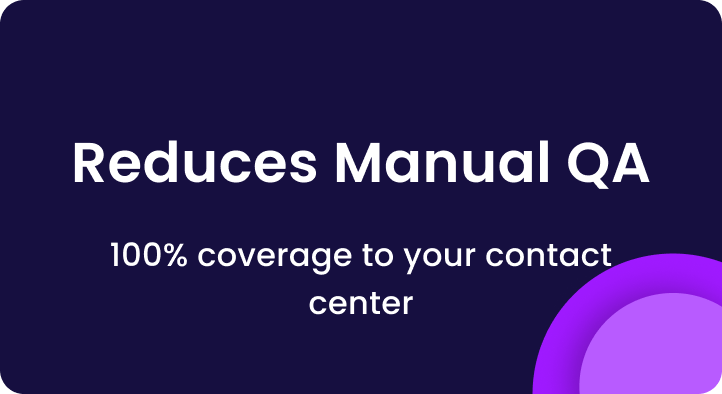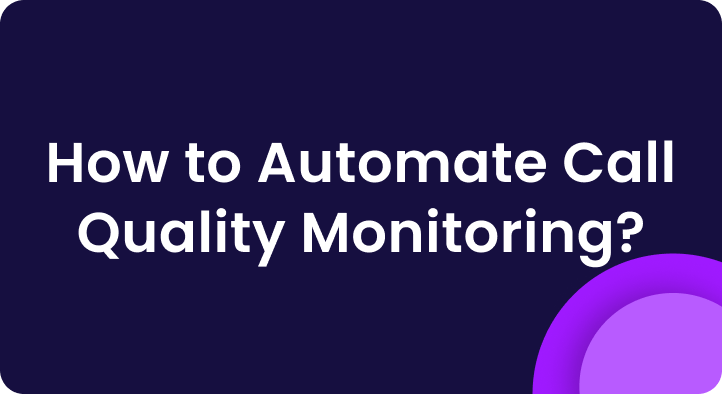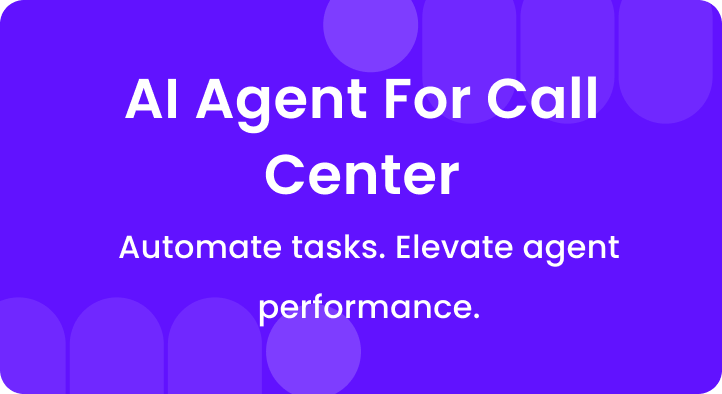Quality Assurance (QA) is vital for ensuring customer service and business processes align with an agreed standard.
The traditional process of QA still takes a lot of manual effort like listening to customer calls, rereading chat logs, jotting down notes, and scoring the interaction.
This all takes up a lot of time and effort. In today’s world, we have Artificial Intelligence (AI) to help expedite the process.
AI can allow businesses to reduce time spent on QA and still maintain quality.
Understanding the Traditional QA Process
In a typical QA process, people review customer conversations. This might mean listening to recorded calls or reading through messages.
Then they score these interactions based on rules the company sets.
This process often uses random samples and is done by hand using forms or spreadsheets. But this method has some problems:
- People can make mistakes.
- There’s not enough time to review every interaction.
- It gets harder to keep up as the business grows.
How AI Transforms the QA Process
AI can handle many of the repetitive tasks in QA. It uses machine learning and language tools to work faster and more accurately than people alone. Here’s how it helps:
1. Automatic Transcription and Summarization
AI can turn spoken conversations into text without human input. It can also give short summaries so reviewers don’t have to read or listen to the entire interaction.
2. Smart Analysis
AI looks for important words, phrases, and emotions. It can also flag possible issues, helping the QA team focus only on what matters.
3. Better Sampling
Instead of picking interactions at random, AI selects ones that need review, like those with low customer satisfaction or possible rule-breaking.
4. Faster Insights
AI tools can show useful data right away. This helps teams fix problems quickly instead of waiting days or weeks.
Core AI Tools That Save Time in QA
1. Speech Recognition
This tool turns phone calls into written text. It saves hours of listening time.
2. Language Processing (NLP)
NLP helps AI understand and analyze what people are saying. It picks out key points and customer emotions so the QA team can act faster.
3. Machine Learning
AI learns from past data. Over time, it gets better at spotting problems or trends without being told exactly what to look for.
4. Auto-Tagging and Sorting
AI can label conversations by type (like complaint, question, or feedback). This makes it easy to find and review certain types of calls or messages.
Benefits of AI in QA
- Less Manual Work: AI handles routine tasks, letting humans focus on deeper issues.
- More Coverage: With AI, every customer interaction can be reviewed, not just a sample.
- More Consistency: AI doesn’t get tired or biased. It scores interactions the same way every time.
- Saves Time: QA teams get results faster and can act on them right away.
- Easier to Scale: As call volumes grow, AI can handle more work without needing more people.
Limitations and Things to Consider
AI isn’t perfect. Here are some things to keep in mind:
- Understanding Context: AI might miss sarcasm, slang, or subtle language.
- Privacy Rules: Using AI means handling sensitive customer data. You need strong security policies.
- Start-Up Time: It takes some effort and cost to set up AI tools and train your team to use them.
- Data Quality: AI works best with clean, accurate data. Bad data can lead to bad results.
How to Get Started with AI in QA
1. Know Your Goals
Decide which parts of QA you want to speed up or improve.
2. Pick the Right Tools
Look for AI tools that match your business needs.
3. Clean Your Data
Make sure your customer interaction data is accurate and well-organized.
4. Start Small
Test AI on a small part of your QA process first. Learn what works before scaling up.
5. Keep Humans Involved
Have your team review AI results often. Use their feedback to fine-tune the system.
Conclusion
AI can make the QA process much faster and easier.
It helps with tasks like transcription, scoring, and tagging so that humans can focus on the important stuff.
While it takes some time to set up, the long-term time savings and better insights are worth it.
AI isn’t a replacement for people; it’s a tool that helps them do their jobs better.



